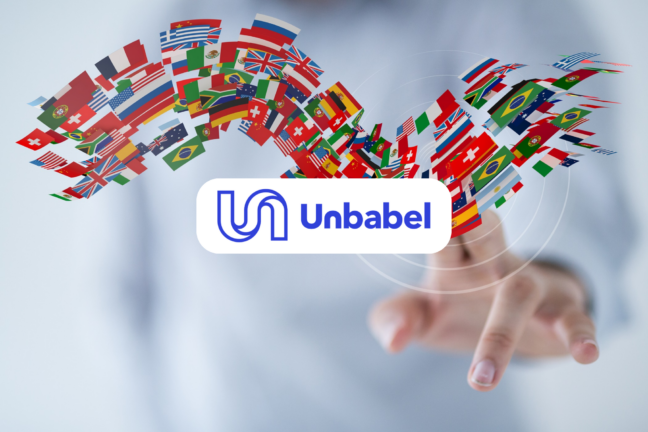Today, almost every contact center knows about and leverages an IVR. However, AI technology has come a long way, far beyond just a simple voicebox or chatbot.
Customers tend to get wary of long menus and lengthy calls to customer support, which makes the experience frustrating. This is where intelligent virtual agents step in.
Both Intelligent virtual assistants (IVAs) and interactive voice responses (IVRs) are virtual, automated alternatives to human agents that improve customer experience and speed up the resolution process.
These services are more affordable than hiring more agents and providing constant customer help while managing support issues and other requests.
For this reason, many organizations leverage both IVA and IVR, as using only one might not be efficient enough. Still, one must say that IVAs are on the rise, as the virtual assistant market is expected to reach US$ 41.6 Billion by 2028, exhibiting a growth rate (CAGR) of 32.56% during 2023-2028.
What is an IVR?
An Interactive Voice Response (IVR) system is a technology that allows a computer to interact with humans through the use of voice and DTMF tones input via a keypad.
It is often used by businesses as a way to streamline phone communication by providing automated responses to customer calls and routing them to the appropriate department or agent. IVR systems use Natural Language Processing (NLP) to recognize and understand spoken requests from customers, allowing them to navigate through a menu of options and direct them to the appropriate department or agent.
IVR systems can also include self-service options, such as allowing customers to check their account balance or make a payment by reading their credit card numbers out loud. IVR systems can improve efficiency by reducing the need for human receptionists and minimizing the number of call transfers. They can also help to free up agents by automating routine tasks, allowing them to focus on more complex issues.
It is important to program an IVR system with a wide range of trigger words and phrases to ensure it can accurately understand and respond to customer requests. Some IVR systems have user-friendly drag-and-drop editors that make it easier to set up and customize the system.
What is an IVA?
An Intelligent Virtual Assistant (IVA) is an AI-powered program that communicates with humans and assists them with tasks and information gathering.
IVAs are commonly used in customer service centers to provide automated support and answer customer queries. They use data points such as customer relationship management (CRM) data and order history to provide personalized assistance and improve their accuracy over time through machine learning.
IVAs are typically able to process requests in multiple languages and can understand different accents and slang, making them more effective at understanding customer requests than traditional Interactive Voice Response (IVR) systems. Examples of well-known IVAs include Apple's Siri, Amazon's Alexa, and Google Assistant.
Contact centers often use IVAs to reduce the average handle time and increase the first call resolution rate. These systems may also be used in conjunction with chatbot messaging tools to provide automated support through both text and voice input.
IVA vs IVR: key differences
IVA is considered to be an upgraded version of standard IVR, and the main differences are the following:
IVAs
-
Offer consumer self-service resolutions without the need for a live agent as the final objective.
-
Leverages customer relationship management system integration and historical data analysis to give in-depth help
-
Can cope with advanced client requests and difficult support tickets
-
Uses anti-fraud tools like voice biometrics
IVRs
-
The goal of IVR is to direct callers to the appropriate live agent.
-
It depends on the listener's participation and responses to a pre-recorded voice prompt
-
Weak in responding to customers' questions and tickets
-
Protection against unwanted callers (on specific platforms)
IVA features and benefits
IVA features include:
-
Multilingual Processing: IVAs can analyze data from over a hundred languages through their NLU (Natural Language Understanding) and speech recognition algorithms.
-
Sentiment Analysis: Unlike IVRs, which only analyze caller input, IVAs can identify changes in the customer’s tone and mood during the conversation, automatically routing them to a human agent.
-
Intelligent Callback: The virtual agent offers a callback option and then stays in the queue in their place until the live agent is ready for the call.
-
Security and Compliance: IVAs offer PCI-compliant and HIPAA-compliant services, meaning they can securely process payments, collect health information, and gather additional sensitive account data.
IVA benefits include:
-
Better Customer Satisfaction: IVAs collect key caller information and present it to agents before they take the call, and integrate with CRM tools to allow agents to take notes on their conversations, increasing first-call resolution rates.
-
Decreased Agent Turnover: IVAs can handle simple queries on their own, reducing the number of repetitive tickets that your team will need to handle. This naturally lowers agent turnover by making the work less tedious.
-
Decreased Call Abandonment Rates: As customers can immediately express their concerns and avoid waiting on hold by selecting the automated callback option, call abandonment rates are then decreased when leveraging IVAs.









